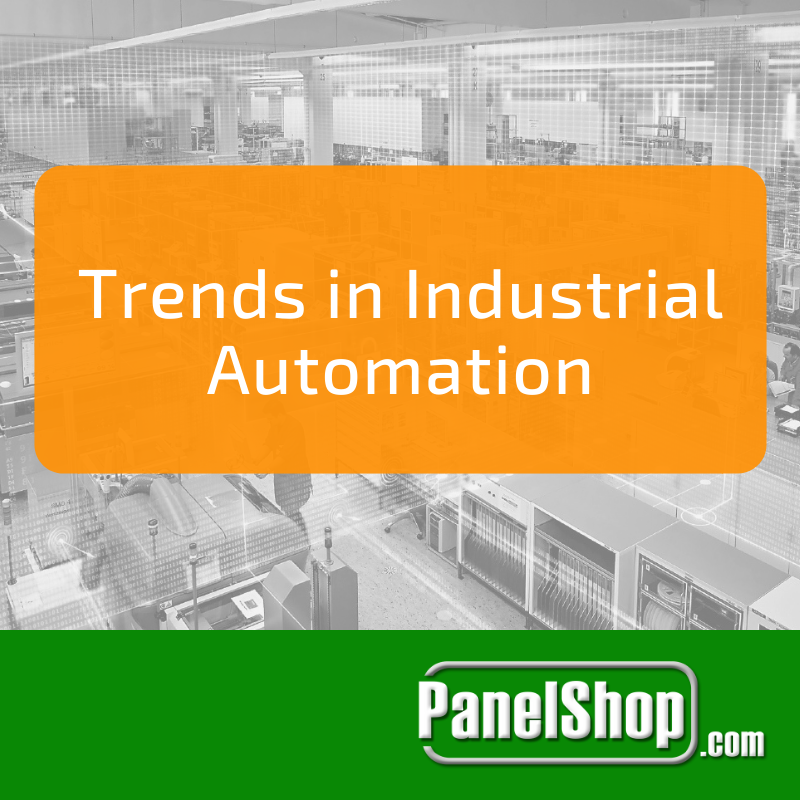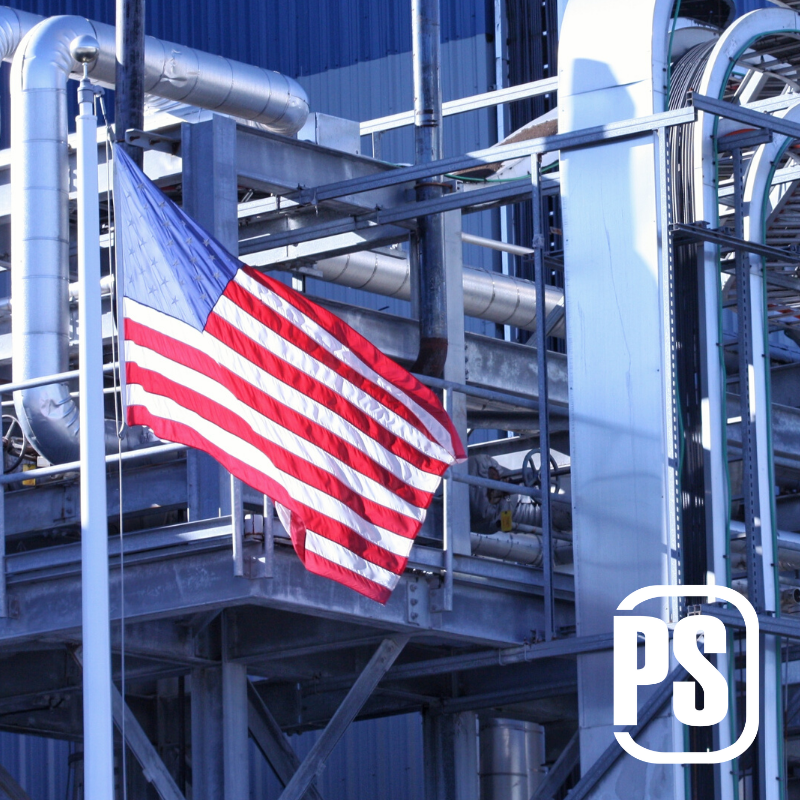![]() Variable Frequency Drives (VFDs) have slowly become the industrial norm for controlling the output of three-phase AC motors. By varying the voltage and frequency, VFDs achieve smooth and reliable control of the motor’s torque and speed. From motion control applications to ventilation systems to heavy manufacturing, VFDs have become a staple in the industrial landscape.
Variable Frequency Drives (VFDs) have slowly become the industrial norm for controlling the output of three-phase AC motors. By varying the voltage and frequency, VFDs achieve smooth and reliable control of the motor’s torque and speed. From motion control applications to ventilation systems to heavy manufacturing, VFDs have become a staple in the industrial landscape.
However, the overall efficiency of VFDs are highly dependent on their installation and the quality of equipment used during the design process. The motor, the cables and any other connected devices should be completely compatible with the specifications of the drive to be installed.
How do VFDs work?
VFDs are an essential of solid state technology, and convert 3-phase AC line voltage to sinusoidal PWM waveform, through which frequency and voltage can be varied. Internally, VFDs are made up of:
- AC-to-DC converter
- DC bus for filtering rectifier output
- DC-to-AC inverter
The inverter is responsible for a smooth stream of variable voltage and frequency output which would then drive the motor. To ensure centralized control, a microprocessor is installed in the VFD, governing the overall operation and parameters.
Prerequisites
Before a VFD can be integrated into your system, you should ask yourself a few questions to make sure you select a drive of the right specifications:
What will be the torque demands of the loads?
- VFDs have limited over-current capacity, so heavy units would require a sufficiently over-sized unit.
How many motors will the drive control?
- The peak currents of all the motors should be calculated to prepare for the worst-case scenario.
Will the application require instant speed variation?
- Over-sizing the drive may be necessary based on this requirement.
Will the motor have to deal with problems such as overheating?
- A common problem in reduced speed, constant torque applications.
Will the power supply remain constant?
- Several industrial units use load-shedding to conserve energy, so if this is the case then a drive with backup capability would have to be selected.
Are external enclosures required?
- This would depend on the conditions to which the drive is exposed. Too much dust, water or other chemicals can seriously disrupt the capabilities of a VFD.
Cable Selection
Cable-to-motor impedance mismatch can cause reflected waves in VFDs, effectively doubling the voltage level which can result in damaged cables and components. The preferred solution is use of XLPE Cable Insulation which can withstand such reflected waves, compared to PVC which are dangerous in such applications. The use of such cables also has other benefits for the VFD system such as reduced capacitance which can improve the motor’s life. The thermal isolation property also ensures heat generated from corona losses do not affect other equipment or lead to hazards such as insulation meltdown or fires.
In addition, a VFD cable radiates noise, which is proportional to the amount of electric current varying within it. As the length of the cable grows, so does the noise, and therefore proper shielding of such a cable is required. If left unrectified, the radiated noise can cause problems such as capacitive coupling between motor windings and frame affecting nearby devices such as thermocouples, encoders, as well as low-level communication signals.
Interested in learning more? Contact an expert, or visit our website: PanelShop.com.





